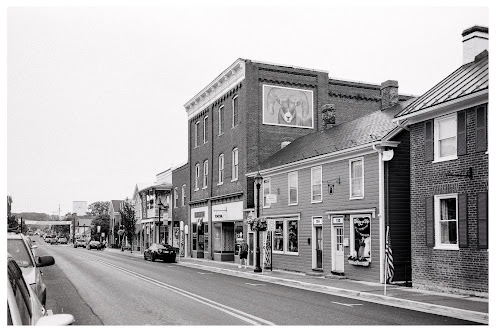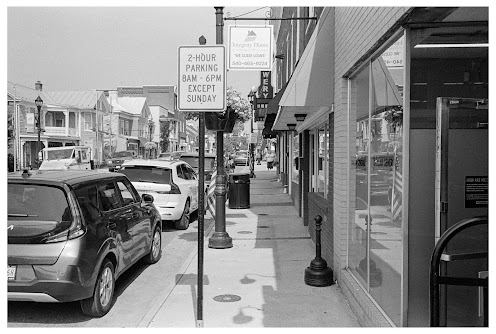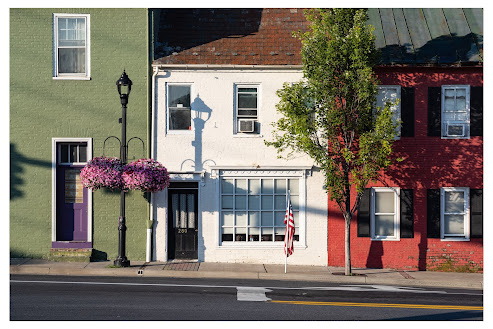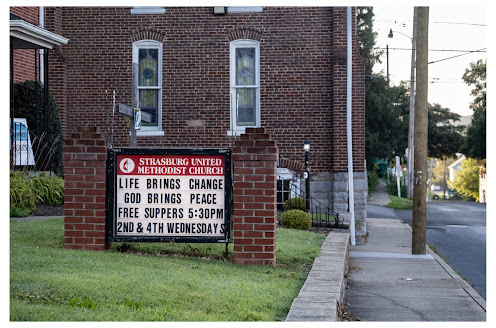Following an 18 month hiatus in developing film, in early June I began working through a backload of color and BW in both 135 and 120. As of this post, 11 rolls of color and seven rolls of BW. I hadn't developed film since the summer of 2023, felt a bit rusty, and was concerned about the condition of the various chemicals. Following a few weeks of hand-wringing and over-thinking I pulled the kit into the kitchen, cleaned it up, and started developing BW (HP5+ / FP4+). Over the next few days I worked through the BW backlog then turned to color. A bit more variation in film stocks as I had shot Gold 200, Portra 800, Portra 400, Portra 160 as well as a roll of Harman's Phoenix (more on that later). Cameras included my Yashica Mat 124G TLR, Leica M3 and Leica M7 (more on that later). It's good to be developing film again and I am very happy with how the negatives are turning out.
New for me was the scanning process. Earlier this year I took delivery of Valoi's Easy 35. It is awesome! The system includes a CineStill lighting source mounted onto the box into which 35mm film is slid through and imaged. The system comes with several extension tubes to set the appropriate distance between the end of the camera lens and the film. The Valoi system physically attaches onto the end of the lens to form a sturdy kit which rests easily on my dining room table.
That system is attached to the front end of my 1992 vintage Nikkor 105mm f/2.8 Micro lens which is then adapted to my Leica SL2 (see image below). It takes all of five minutes to scan a 36 exposure roll of film. Once complete the SD card is removed and my standard Lightroom process is engaged. In LR I bring up Negative Lab Pro to convert the images to positives and begin processing. When happy with the conversion I shift back into LR to complete the image. NLP is a slick piece of software which produces great results.
Given the Valoi system I can report that my film developing/scanning workflow has dramatically improved. Developing mid-morning means I can be scanning negatives mid-afternoon and mostly processed before bedtime. Quite an improvement over flatbed scanning!
Mentioned above was Harman's Phoenix color 35mm film. This is not a re-branded film stock but was developed from the ground up by Harman Industries. They are the parent company of Ilford so they know a thing or two about film. Phoenix produces a very different look from my usual Kodak film stocks. That said, Harman themselves state that Phoenix is an experimental, limited-edition film and a first step on their color journey. To Harman I say, "bravo!" This is certainly a risky endeavor on their part and one I hope they are successful in carrying out. I've read there are a few other Harman color films headed our way and I look forward to shooting each as they enter the market.
Also mentioned above was a Leica M7. I'll have more to say about that recent acquisition in a future posting. The bottom line up front is that I've put 10 rolls of film through it in two months and I'm preferentially carrying it over my M10R. For sure I'm in the "honeymoon phase," but the M7 is a joy to use. Again, more later.
A few images from these recent rolls of film are below.

































